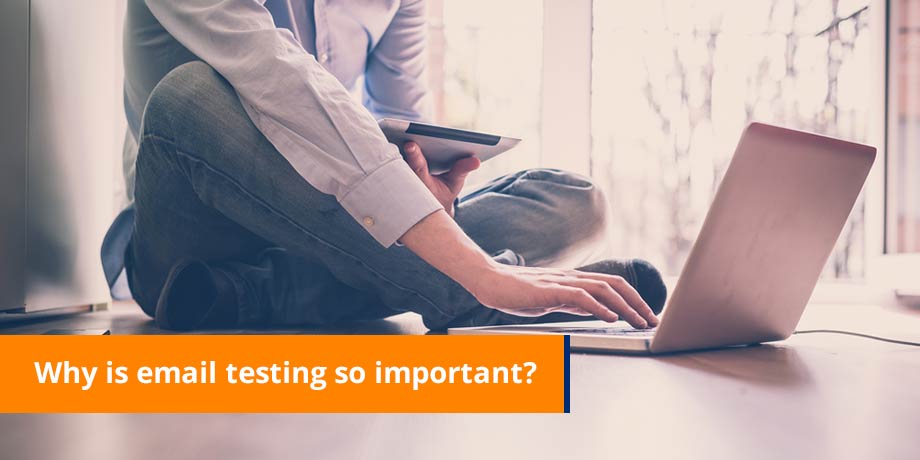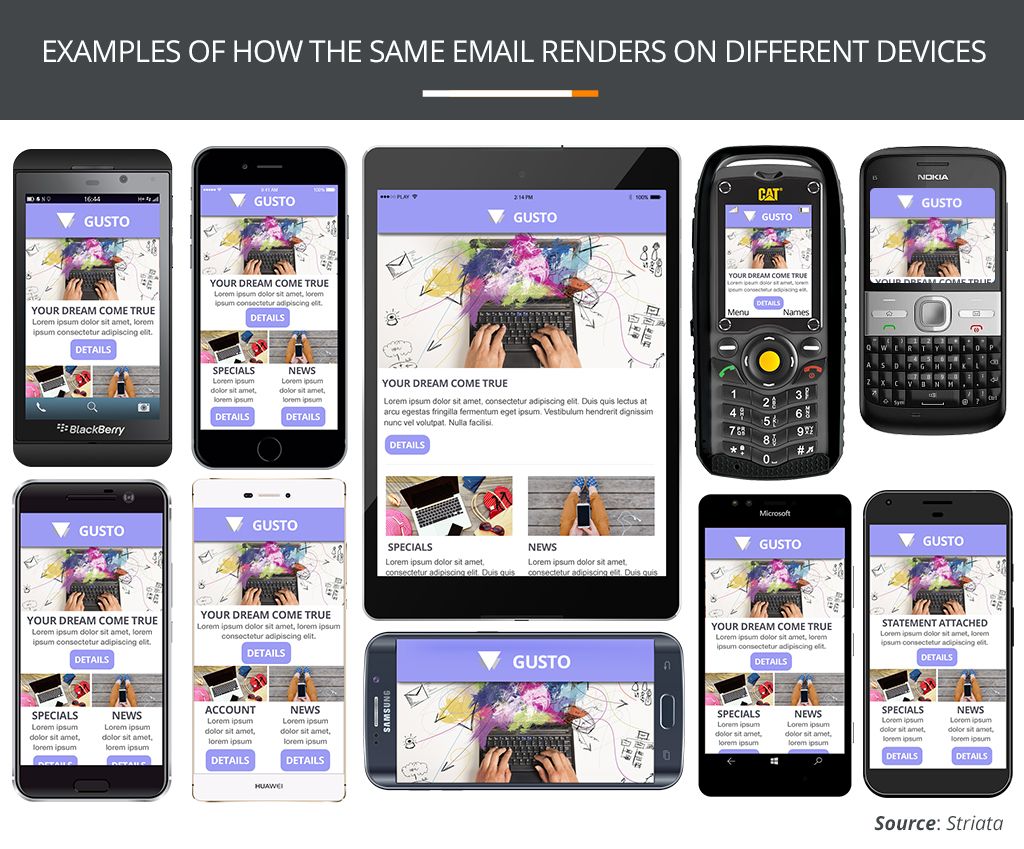
With this convenience, comes a new dilemma for email marketers. Not only do we need to appeal to a variety of different customers with relevant content, but we need to attract their attention. No matter where they are or what they’re doing, we want our customers to: open, read, click, shop, spend money, interact and engage with us. To achieve this we need the best possible message, and to know that, we need to test!
Why is testing so important?
Individual customer groups will react completely differently to the various emails to which they’re subscribed. Testing is necessary to see what works specifically for the type of communication you’re sending and the target market you’re sending it to. Then bring various devices into the picture along with understanding how and where people read their emails and testing becomes one of the most important elements of your email planning.
The question is; how do we attract attention to our emails in these varying environments and on these differing devices? The simple answer is to test as much as you can to understand what works and what doesn’t.
What you can test
- Time of day
- Day of week
- Subject lines
- Subject lines + pre-header combination
- Call to action (placement and wording)
- Layout
- Layout of landing pages / PDFs (where applicable)
Is there a right time to send?
Does time of day make a difference? Does the day you send emails make a difference? A ‘past-due notice’ may perform better while your customer is seated at their desk, rather than while they’re commuting, whereas an email carrying a statement doesn’t have an optimum time to send, as customers anticipate and therefore save this information anyway.
Testing the all important subject line
If you had to change your subject line, would it increase opens? More importantly would it maintain or increase your click through rates? Many subject line tests have shown an increase in open rates and a decrease in click rates, so make sure to check the effect one change has on all your statistics and KPIs (key performance indicators).
It’s not just about changing the wording in your subject line or call to action to see what works best: it’s testing those elements in every environment. How do they appear on a the varying mobile devices – and did you know that different devices present email in completely different ways? How does your subject line appear in web-based email clients; and how do they appear in client side email environments? Everything matters and each element should be tested for the best results.
Consider breaking the rules
Don’t assume that because a tactic worked for another company it will yield the same results for you. While you’re testing what works best for your emails specifically you might also consider a test whereby you break all the steadfast rules to see what works for you. Why not try use capital letters and some of those ‘no-no’ words in your subject line? “FREE delivery TODAY ONLY”, may attract a bit more attention than the email that says “Shop today for free delivery”.
Now more than ever, we need to become artists in our copywriting and masters of layout. Studies have shown that we have two seconds to attract a customer’s attention to our emails. To make those two seconds count you need to TEST!
P.S. As a little bonus, here are some examples of how to make an email work for various devices:
This is a Eurostar email viewed on a variety of devices.This email gets the thumbs up from me because….
- The most important information appears in the first few words of the subject line. The amount it will cost me for a return ticket. The special is immediately evident.
- When I open the email, the information is on the left, so it’s easy for me to read if I am using an android or Blackberry and leads me to take action. Furthermore, the most important information appears as text, so if I don’t download images, it’s easy for me to read the key points of the message

This is a Robert Dyas email viewed on a variety of devices. This email gets a thumbs down for me, but the issues can be solved with testing…
- You’ll see from the screenshot that the subject line is cut off in the Android (it does the same on the Blackberry). The most important information that will attract my attention to get me to open the email should be in the first few words. The voucher code should be upfront rather than “New Year, New You”.
- When I open the email, I have to download the images to view the information. If the most crucial information is available in text (as I don’t download my images) on the left of the email, I’ll carry on reading. Without it, you’ve lost me.
Improve the customer experience with secure document delivery today















